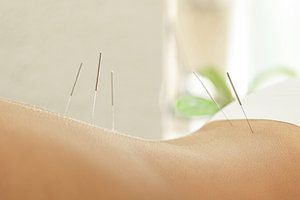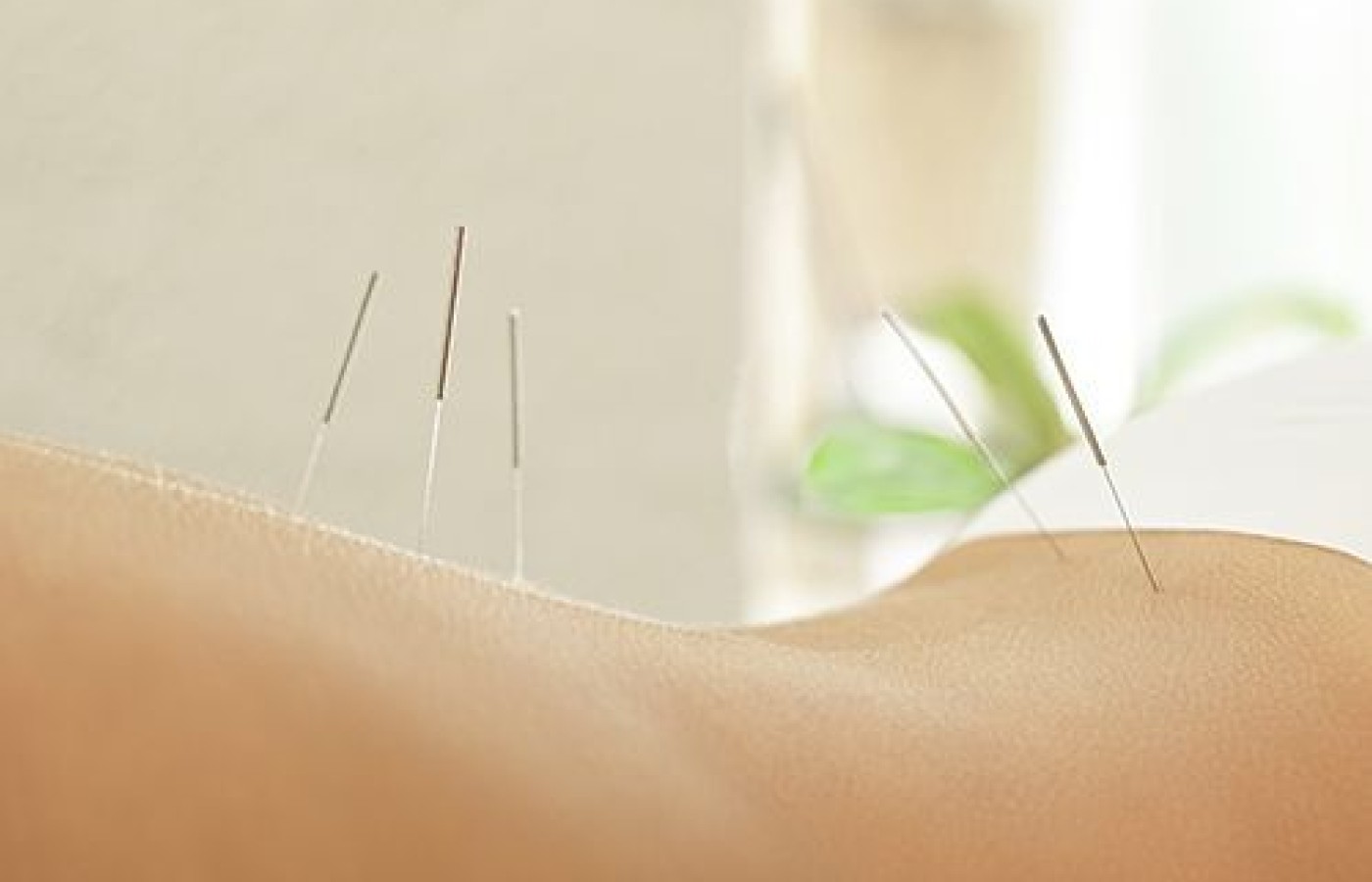Whether you accept it, avoid it or live somewhere in between, insurance coverage has become a defining issue for our profession. Patients increasingly expect to use their benefits, practitioners want to be compensated fairly for their time and expertise, and the system itself remains – at best – fragmented. The encouraging news is that coverage has expanded in meaningful ways. The challenging news is that reimbursement, across the board, remains inadequate.
A Novel Treatment for Aggressive Energy
One interpretation of Chinese medicine is Five-Element acupuncture, systematized by J.R. Worsley. Within its framework is the removal of energetic blockages prior to deeper constitutional treatments. These blockages are identified by a combination of pulse diagnosis, patient history, and certain manual tests.
Aggressive Energy (AE) is a specific obstacle to treatment stemming from a pathogenic influence, trauma, or a negative emotional state. Case history will suggest AE may be present, and diagnosis is confirmed by the sensation of a buzz quality felt in the radial pulse.
Many practitioners of Five-Element acupuncture will treat AE on an initial visit even without a suggestive case history, due to its pervasiveness in modern culture. According to Lonny Jarret in "The Clinical Practice of Chinese Medicine," "AE is a fulminating pernicious influence that is either contracted externally or generated internally. Externally, it is an opportunistic influence that attaches itself to pathogens to gain entry based on some internal vulnerability. Internally, AE is generated by the cognitive dissonance induced in the mind as our spiritual purpose in life conflicts with our actions and life experiences."
What follows are my observations on the nature of AE and a simplified treatment protocol to successfully clear this staticky energy from the body. These insights are based upon clinical experience and are not representative of Worsley's tradition of Five-Element acupuncture.
The Nature of Aggressive Energy
During graduate school for traditional Chinese medicine (TCM), I took great interest in different theories and treatment approaches within the mountain of yin that is traditional Asian healing. My fellow students and I attended introductory courses in various acupuncture modalities, with the option to sign up for an advanced seminar class in Five-Element acupuncture. This was my first exposure to Five-Element acupuncture and I've dabbled in it ever since, furthering my study through books and postgraduate training.

I do not market myself as a Five-Element practitioner, only casually dipping into this rich tradition of wisdom; however, one concept that made an impression on me is AE. This is in part due to how clearly AE can be felt on the pulse (once a practitioner is trained) but also because of the beneficial, oftentimes dramatic, clinical improvement of a great many imbalances.
The classical treatment protocol for AE is the very superficial insertion of acupuncture pins in the bilateral back shu points of the yin organs (BL-13, 14, 15, 18, 20, 23). These points must be very accurately located, and when properly diagnosed, the reaction to AE being "released" from the body is a broad circular redness emanating from the center of the pin. This erythemal response can be the size of a small coin, but I have seen some that were significantly larger.
The pins are left in place until the redness subsides, and treatment proceeds with constitutional support. Although the treatment can be administered prone, I learned that it is advantageous to have the patient sit up. Speculatively, gravity pulling the floppy pins downward augments the draining and clearing effect of the treatment. If the treatment is successful, the patient will feel like a weight has been lifted and the pulse will no longer seem buzzy. This is how I treated AE until observing something peculiar when shadowing my mentor.
Expecting Expectoration
After I finished graduate school, Natalie Arndt, LAc, took me under her wing. I began treating her patients while she scaled back her hours at her practice in Portland, Oregon. As part of that transition, I observed her style of treatment (exclusively TCM) to maintain continuity of care.
One day a patient presented with a progressed upper respiratory infection. In addition to acupuncture, Natalie showcased a treatment she had learned in China for the purging of phlegm stuck deep in the lungs. She had the patient sit up with her back exposed and then used a plum blossom to stimulate the paraspinal muscles of the upper back. After several passes down each area, Natalie placed cups over the region that was just treated with a plum blossom. Visually, the back had six large cups, three on each side of the back, covering the rhomboid area to just below the diaphragm. The cups were left in place for several minutes, and the patient was instructed to expect an increase in phlegm expectoration over the next few hours.
Natalie's explanation of the treatment, as per the tenets of TCM, was that wei qi and Lung qi were mobilized to expel pathogenic phlegm. Anatomically, one can assume there would be great benefit to stimulating the posterior chain of muscles surrounding the lungs as a mechanism to drive circulation, facilitating expectoration.
It is a great treatment for Lung qi/phlegm stagnation, and I have used the protocol for this presentation ever since. However, I observed a curious phenomenon during that initial exposure to the treatment: A marked redness, distinct from the sha of cupping yet reminiscent of the erythema that develops from an AE treatment, surfaced in the areas under and around the cups.
I am unsure whether this patient had AE as I did not feel her pulse. Infections are a subset of AE and can be treated by this method in congruence with both Eight-Principle TCM and Five-Element acupuncture theories. Making the connection, I have since used this treatment approach after diagnosing AE. The clinical response and pulse change are seemingly equivalent to using the traditional needle protocol.
A Novel Approach to Clearing Aggressive Energy
Whether you have specifically diagnosed AE or your patient has an upper respiratory infection, the treatment protocol is the same. Have the patient sit up with the back exposed. Tap a plum blossom down the inner bladder line from vertebra T3 to L2 gently, so as never to break the skin. Make several passes on each side of the back before placing cups over these areas with light suction. Depending on the size of the cups, three or four on each side will generally cover the entire region.
Redness will quickly surface. Leave the cups in place until that redness completely dissipates. This can occur within minutes, but usually a longer period of time is needed to clear AE, especially if the patient is receiving an AE treatment for the first time. Sha may develop independent of the transitory redness of AE, though it typically does not with the lighter cupping pressure used.
One way this variation of AE treatment is dissimilar to a traditional AE treatment with needles is the pervasiveness of redness that arises from the diffuse modalities of plum blossom and cupping, making it difficult to determine, in retrospect, which organs were affected by AE.
After completing the treatment, check the patient's pulse to confirm the absence of a buzz. If using this protocol with a patient suffering from an upper respiratory infection, counsel the patient to expect an increase in coughed-up sputum over the next few hours.
Wei qi fortifies the body against insult, both microbial and emotional. Rallying protective qi and clearing stagnant pathogenic qi with the plum blossom and light cupping drives this treatment's efficacy. Similar to a traditional AE treatment with needles, this variation is suitable for deficient patients as gentle stimulation is sufficient for a therapeutic effect.
I realize this approach may appear to be an oversimplification to adherents of Worsley Five-Element acupuncture. However, if we consider the permutation of AE treatment advanced by Worsley as one of many similar traditional methods employed throughout Asia, we can place this technique within the larger lineage of Chinese medicine that inevitably branches out into a number of related yet effective variations of the same treatment.



